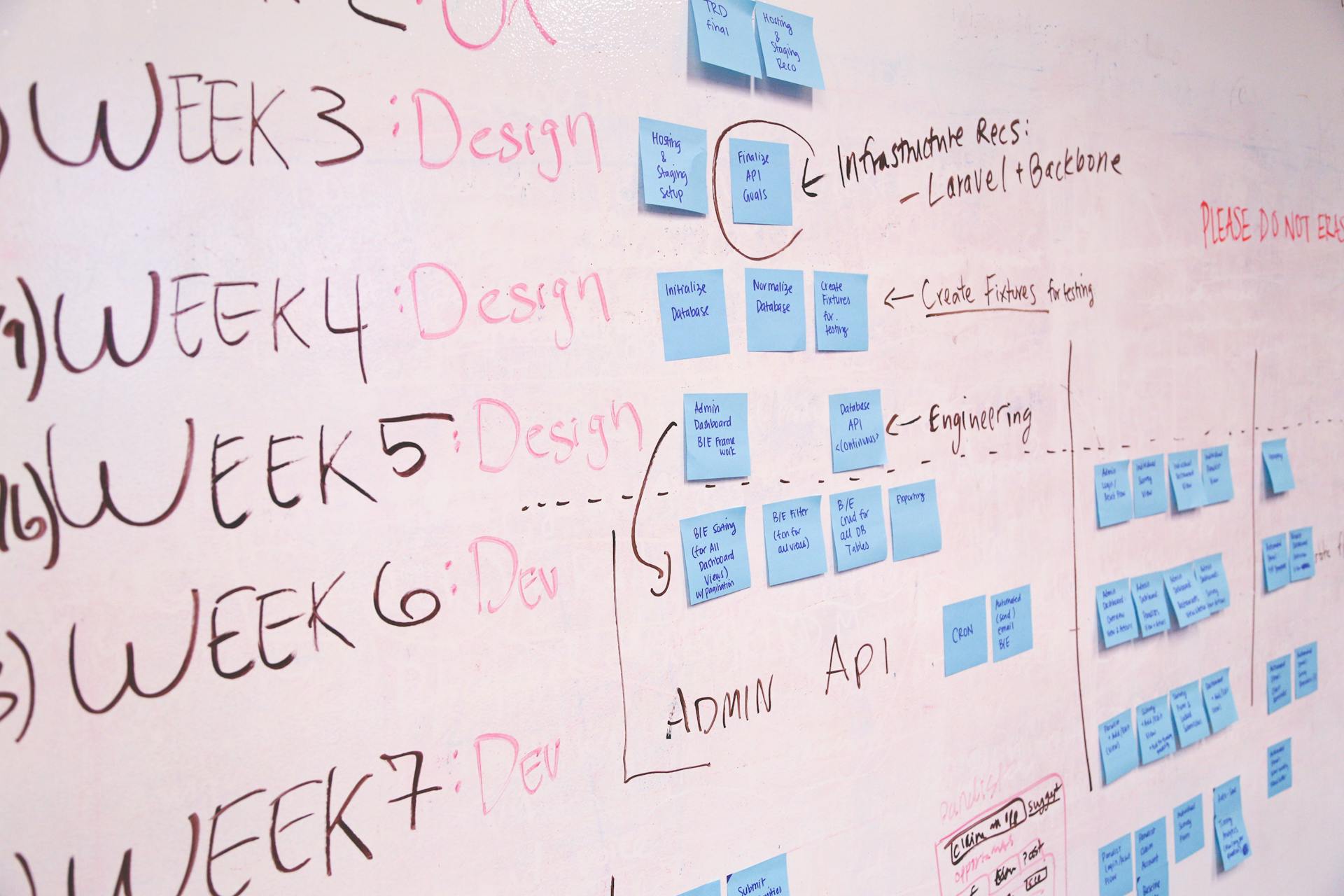
Maximizing Project Efficiency: How Design Agencies Work Smarter, Not Harder
Apr 08, 2024
Establishing milestones, especially for larger projects like website designs and company rebrands, gives you and your creative team specific goals to target that produce a result everyone can be proud of.
But to get there, it’s essential to map out every step of the design process, taking into account checkpoints that need to be completed along the way. This includes each phase of the creative, review, revision, and approval process.
Let’s look at how to overlay this multi-step operation over a timeline so you can collaborate with your designers to plan a schedule that matches your objectives.
Stating your objectives and defining your path
Before following the map, you have to know your destination. This is why it’s essential to clearly define your project goals first and then plot out the deliverables needed to accomplish them.
Here’s an example company for a fictional business called “Rad Bikes.” Rad Bikes wants to launch a new marketing campaign to promote its new lightweight folding bicycle. As part of this campaign, the company intends to hold a sweepstakes for one lucky person to win a free bike.
Rad Bikes want to produce these deliverables:
- Three social media posts to drive awareness of the contest
- One landing page for people to enter the contest with a simple lead generation form
- Five emails to nurture participants and offer discounts for other products
And they want to launch this contest in two months.
Producing the creative, writing the copy, programming the campaign, and launching it within a tight timeframe requires all hands on deck. The process will also include design reviews, revisions, and obtaining approval from Rad Bikes.
These things must happen in tandem for this campaign to launch on time. Any deviations or delays could impact the campaign.
So, where to start?
If our team worked with Rad Bikes, we would establish the project’s key milestones and incorporate checkpoints in the schedule that must be met over the next two months. We would suggest designing the social media posts first, getting that look and feel approved, and then building out the emails and landing page based on them.
By having one approved design, it’s easier and faster to produce the remaining creative assets.
This simplified example timeline shows the milestones that need to be hit and project tasks.
Design & Copywriting (Weeks 1-4)
- Design and get approval for the look and feel of the campaign with social media posts (Week 1)
- Create and obtain final approval for all creative assets (Weeks 2-3)
- Give approved email and landing page designs to the development team (Week 3)
Development, Testing, QA, and Launch (Weeks 3-8)
- Programming and testing emails (Weeks 3-6)
- Programming and testing landing page (Weeks 3-7)
- Launching the completed campaign (Week 8)
Notice how some of the tasks overlap in this schedule?
Design and approvals need to happen quickly for the campaign to launch on time. The social posts tend to be smaller creative projects, but in this case, they will set the tone for the sweepstakes campaign.
Once the emails and landing page get the “okay” from Rad Bikes, the development team will program and test them in the last few weeks before launch.
Tracking project progress with technology
We would communicate internally and with them through a project management system like Basecamp, Breeze, or Asana to track the team’s progress and keep everyone in the loop about Rad Bike’s campaign. It’s a place where the creative, development, and account teams can get status updates and share assets for review.
However, given the compressed timeline and multitude of deliverables, it’s highly probable that the schedule could be impacted.
Making adjustments to the schedules
Sometimes, circumstances beyond one’s control can derail even the most carefully designed milestone plan, and changing course is necessary.
As we continue to examine our example client, Rad Bikes, we find that it’s taking much longer for them to come together and provide final approval for the email and landing page designs.
This delay pushes the schedule out by two weeks. Yikes.
Unfortunately, this means our creative team can’t meet the second milestone of passing the designs to the development team for programming. Since the next step milestone (programming, testing, and launch) could only move forward with their approval, we would communicate a few options to Rad Bikes to approach this problem.
They could:
- Extend the timeline or;
- Add more resources to the project to meet the same deadline
Rad Bikes decides not to sacrifice quality or rush the project. They also don’t want to increase their budget to hire more designers and developers. Instead, they choose to extend the timeline by two weeks. This extension also pushes out the campaign’s launch date and remaining milestone deadlines.
Reaching your project milestones
Transparent communication is key to ensuring that projects with tight deadlines are delivered on time. However, as much as you want things to go smoothly, things happen, which can impact an already condensed schedule.
But what happens when you have to pivot entirely?
In the example project, we walked through our approach to milestone planning and what happens when delays occur.
Working with a proactive, communicative, creative team makes navigating these issues easier when they arise. When delays happen, we work with you to reassess the plan, make necessary changes, and help you get as close as possible to meeting your initial deadline.



